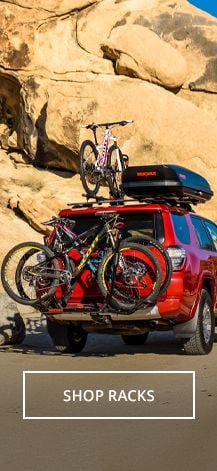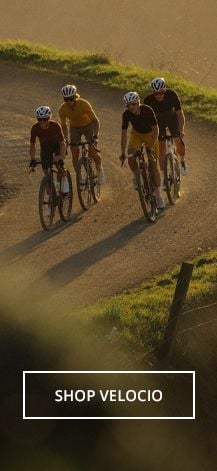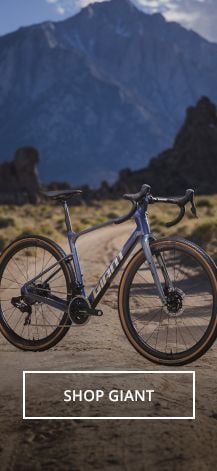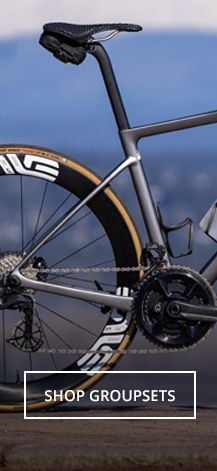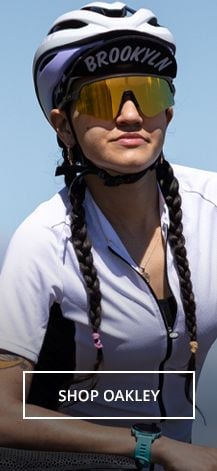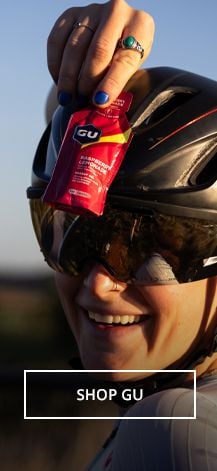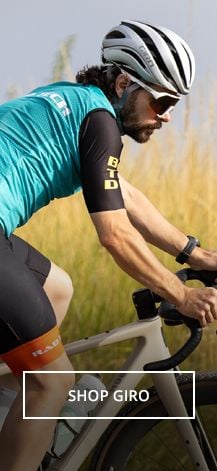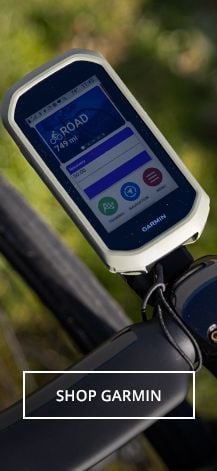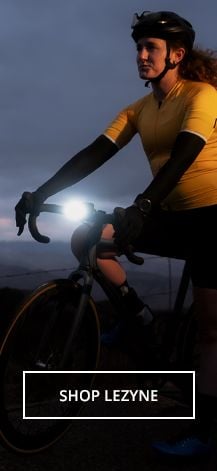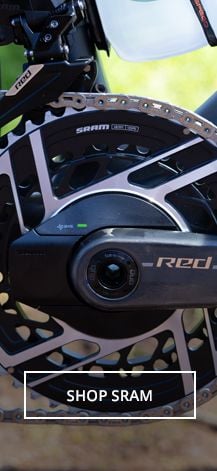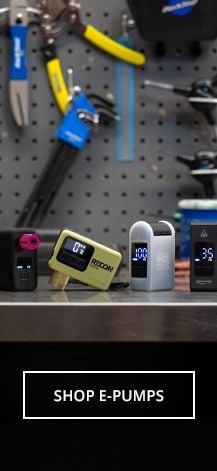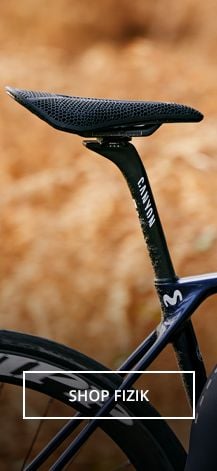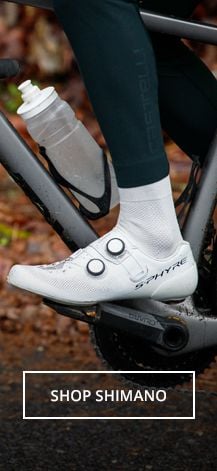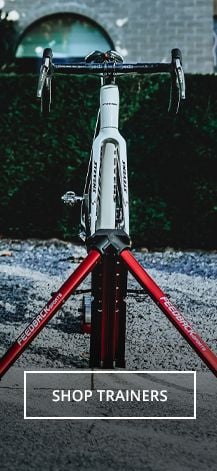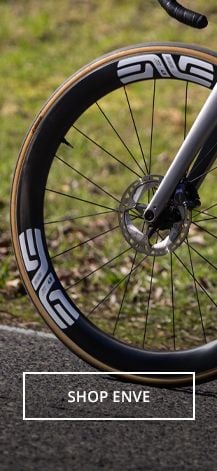
User submitted reviews
Review by Anonymous
Easy to install and paired easily with my Garmin edge 530
Review by Anonymous
It has been helpful with extra metrics, while paired with my Garmin Edge 1040. Sometimes seems to have connectivity issues though, but it mostly works.
Review by nblatchley
I use this these sensors on both my full suspension mountain bike and my road bike. I also connect them to both my Garmin edge 820 and my Garmin Vivoactive Watch. Set up was really easy in both cases, and I haven't had an issue since.
Review by David
Batteries last a long time. Sensors automatically connect to garmin headunit once spun. Data appears accurate.
Review by Anonymous
Excellent item
Review by GeorgeB
Although I own a Wahoo cycling computer, I opted for the Garmin sensors since they are slightly more affordable than the Wahoo equivalents, but also because they flawlessly integrate with the head unit.
I have two bikes using Wahoo sensors and although they get paired quickly, one of the speed sensors eats up batteries like crazy. Also my Wahoo HRM just doesn't want to pair with the head unit - it takes way too long and requires shutting down the Bluetooth on my phone before attempting to pair.
The Garmin sensors however have no issues - my Varia RCT715 (radar camera taillight) pairs immediately, and I do mean immediately, regardless of whatever order I start pair sensors so I decided to try the Garmin sensors. I'm glad I did because they have performed excellent.
Review by Anonymous
if you have a Garmin bike computer and no power meter, these will provide speed and cadence. They do what they are supposed to. Relatively expensive for what they actually do and what they consist of but if u have a Garmin you might only be able to use these
Review by MarylandCyclist
These sensors are much easier to set up and use than the former speed and cadence sensor that used to have to be attached to the chain stay and then adjusted so that it could read the magnets on your rear wheel and crankarm. The only difficulty with installing, if you have clumsy fingers like me, is to stretch the band around the crankarm or the wheel hub and get it into the slots on the sensor. But once it's on, it's on. Seems to be very accurate. Now use these on all three of my bikes.
Review by Nic
Bought these on sale to use with my Wahoo. They have performed excellent, and the reason I chose these over Wahoo was 1) better battery compartment and 2) the price and longevity of Garmin sensors.
Review by mechfishy
Bound easily to a Lezyne Super Pro GPS unit. In fact it works better than the Lezyne sensor's. Except that the GPS doesn't detect the battery charge. But it was spotty with the Lezyne sensors anyway. Even when new. I've only used the Garmin sensors a couple of times. But so far I'm very satisfied that they even work with the Lezyne GPS. The Lezyne sensors are really cheaply made and suck the battery down really fast. Even when not being used. The quality of the Garmin sensors is far superior. And the price isn't much more than the Lezyne sensors. So far I'm very satisfied with the Garmin sensors. I may have to buy another set.
Review by DocH
These guys are easy to install (much better than the previous generation) and work well. Connecting to my Edge 530 was easy and I don't notice any dropouts. The rubber bands seem sturdy and battery life is extremely good. The cadence sensor is essential if you're a data nerd. The speed sensor may not be so important, because the Edge also tracks speed. However, some online reviews suggest speed is measured more accurately by the sensor. You also need a speed sensor if you use an indoor trainer, or if you ride in an area where GPS frequently drops out due to buildings, trees, etc. I have a couple of speed sensors (one for each wheelset) -- they're a pretty cheap add-on if purchased in the bundle with the cadence sensor.
Review by JC
Sensors work flawlessly with Edge 830.
Review by Anonymous
Worked very well with my 1030 the average speeds are better as is the mileage. I have not "Lost" miles since using the sensor.
Review by WhizzyT
I bought this Garmin sensor bundle while on sale at biketiresdirect.com. I say that they were on sale because it was the lowest price that I have found anywhere for OEM components. So far these work flawlessly for my beater bike that is primarily rode during foul/winter weather. Overall, I am very pleased with this purchase and could not be happier. By comparison I would often lose signal with cheaper aftermarket systems that would make concentrating on the ride a little more difficult. To a point you get what you pay for.
Thanks biketiresdirect.com!
Review by jdvaden
The old cadence sensor required a magnet affixed to the crank and a transmitting unit located on the lower frame arm. Both required tight tolerances and easily could get out of alignment due to bumps or whatever. The new unit attaches to the left crank arm and can't get out of alignment. The speed sensor worked off the real wheel magnet and cadence/speed sensor. Again, the unit required tight tolerances and easily could be dislodged and require adjustment. The new speed sensor is great as it attaches to either hub and requires no further adjustment. Both units pair well with my Garmin Edge 500.
Review by seinberg
Great for tracking rides with a compatible device - I use a Garmin watch paired with these. It's good especially to get a sense for how cadence is and how it correlates with heart rate and things of that nature. Simple, reasonably-priced bit of cycling gear :)
Review by BAH916
I use both of these on all my bikes to get accurate info on my riding to improve my training.
Review by Rick
These are on 5 of our 7 bikes. They work great. Easy sync.
Review by Tom
I transitioned to an indoor trainer this January for Zwift. I have an old Garmin Edge 800 that is stuck in the dark ages with only ANT.
This sensor has both ANT and Bluetooth and makes connecting to Zwift a snap.
I moved the old ANT sensors to my commuting bike and just move the computer depending upon if I am indoors or outdoors.
Review by JCW727
This is the first set of sensors I have ever had. I love them. They connected to my devices very easily. The only thing I am going to work on is stopping the sensor from starting when i walk my bike.

